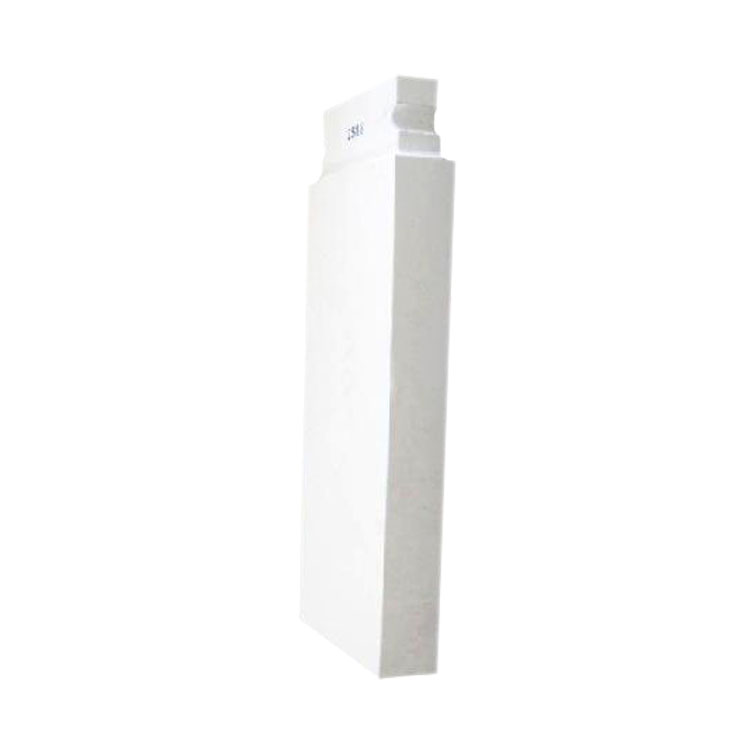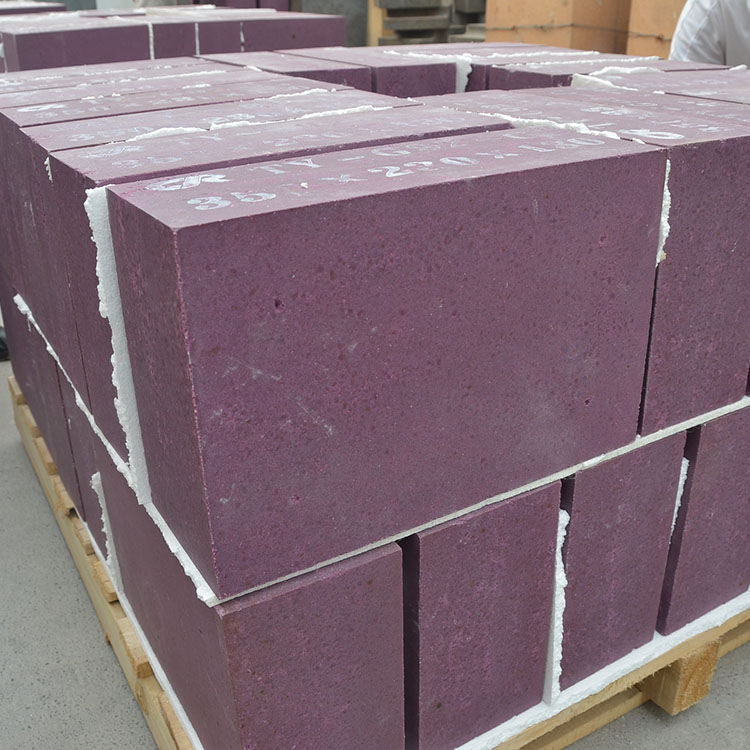
In the ceramic manufacturing industry, high-temperature firing kilns are crucial equipment. However, they often face challenges such as high temperatures and chemical corrosion, which significantly affect the service life of the kilns and the quality of ceramic products. Therefore, choosing the right refractory material is of great importance.

Corundum bricks are a type of high - quality refractory material. Chemically, they are mainly composed of aluminum oxide (Al₂O₃), which usually accounts for more than 90%. Physically, they have excellent high - temperature resistance, wear resistance, and corrosion resistance. The melting point of corundum bricks can reach over 2000°C, allowing them to maintain stable performance in extremely high - temperature environments. Their high hardness also endows them with strong wear - resistance, effectively resisting the abrasion caused by the movement of ceramic materials during the firing process. In addition, they can resist the corrosion of various chemical substances, such as acidic and alkaline gases generated during the firing process.
Many ceramic enterprises have successfully applied corundum bricks in their high - temperature firing kilns, achieving remarkable results. For example, Company A, a medium - sized ceramic manufacturer, replaced the original refractory bricks with corundum bricks. After six months of operation, the kiln maintenance frequency decreased from once every two months to once every six months. At the same time, the defective rate of ceramic products decreased from 8% to 3%, and the production efficiency increased by 15% due to the reduction in kiln downtime.
Company B, a large - scale ceramic enterprise, also adopted corundum bricks. After one year of use, they found that the energy consumption per unit of product decreased by 12% because corundum bricks have better heat - insulation performance, which can reduce heat loss. The service life of the kiln was extended from 3 years to 5 years, greatly reducing the equipment replacement cost.

When comparing corundum bricks with other common refractory materials, such as clay bricks and high - alumina bricks, in terms of performance and cost, corundum bricks show comprehensive advantages. The following table presents a detailed comparison:
| Refractory Material | High - temperature Resistance | Wear Resistance | Corrosion Resistance | Cost |
|---|---|---|---|---|
| Corundum Bricks | Excellent (over 2000°C) | High | Strong | Moderate (long - term cost - effective) |
| Clay Bricks | Good (about 1300 - 1500°C) | Low | Weak | Low |
| High - alumina Bricks | Good (about 1600 - 1800°C) | Medium | Medium | Medium |
Although the initial purchase cost of corundum bricks is relatively high, considering their long service life, low maintenance cost, and the improvement in product quality and production efficiency, they are more cost - effective in the long run.
For small - scale ceramic enterprises with limited budgets and relatively low - temperature firing requirements, they can choose to use corundum bricks in key parts of the kiln, such as the burner area and the area in direct contact with the ceramic materials, while using other relatively inexpensive refractory materials in other areas. This can not only reduce the cost but also effectively improve the performance of the kiln.
Large - scale ceramic enterprises with high - temperature and high - volume production requirements are recommended to use corundum bricks throughout the kiln. Although the initial investment is large, the long - term benefits in terms of energy savings, product quality improvement, and kiln life extension are significant.

In terms of maintenance, it is recommended to regularly inspect the condition of corundum bricks, clean the surface to prevent the accumulation of impurities, and repair any damaged parts in time.
In summary, corundum bricks, with their excellent high - temperature resistance, wear resistance, and corrosion resistance, can effectively extend the service life of ceramic high - temperature firing kilns, improve product quality, and increase production efficiency. When choosing refractory materials, ceramic enterprises should comprehensively consider their own production scale, firing temperature, and budget. If you are interested in our corundum bricks or need more information, please click here to contact us. Our professional team will provide you with detailed solutions and guidance.


